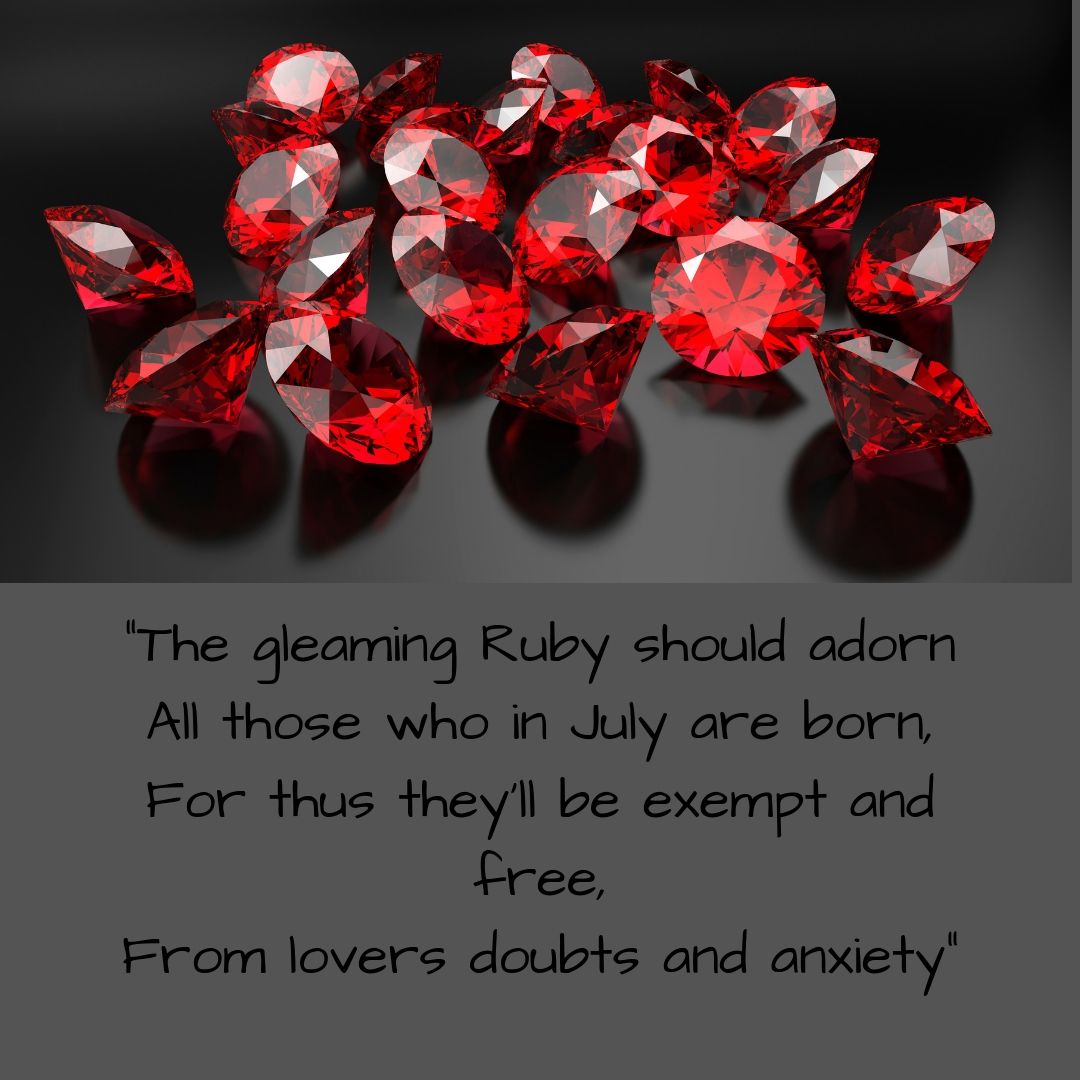While researching for this blog post, I came across something I didn't know and is really unusual. I know Garnets are found in a variety of colours and I know that most gemstone colours are due to the presence of certain minerals. What I didn't know is that Garnet is not a single species but several species and varieties and that you cannot get a "pure" Garnet (they all have the same crystalline structure which makes them all Garnets) ~ you really do learn something new everyday!
The colour of the Garnet depends on the blend of varieties, these are:
Almandine is the most common type of Garnet and comes in a wide range of colours. The purest found was 80% almandine
Andradite is very rare and has more fire than a diamond! This has been found at 95% pure.
Grossular are rarely dark or red but are light to medium in tone. They come in every colour including colourless but never blue. The purest found was 80% grossular.
Hydrogrossular are usually blueish-green but sometimes pink, white or grey and always opaque (there is some debate as to whether hydrogrossular can be classed as a garnet)
Pyrope is a red that rivals ruby although it is very dark. The purest found was 80% pyrope, 15% almandine and 2% other garnet
Spessartite comes in a range of oranges and is quite rare. One of my favourites! This has been found at 95% pure
Uvarovite is the rarest in the Garnet family and is a beautiful green that rivals Emeralds
Rhodolite Garnets are distinctly purplish and are a blend of pyrope and almandine, while Malaia is a blend of spessartite and pyrope. One that was discovered in 2007 in Madagascar is an almandine and pyrope mix but this one changes colour in artificial light ~ blue that change to red with flashes of purple!








